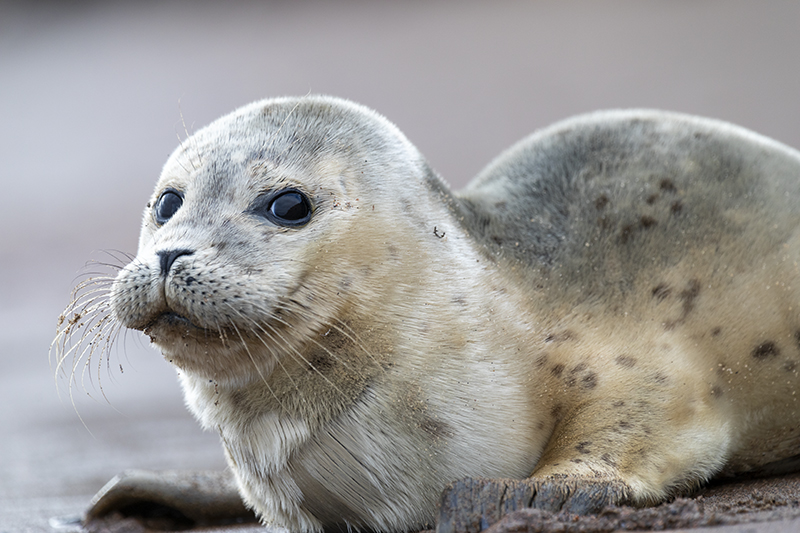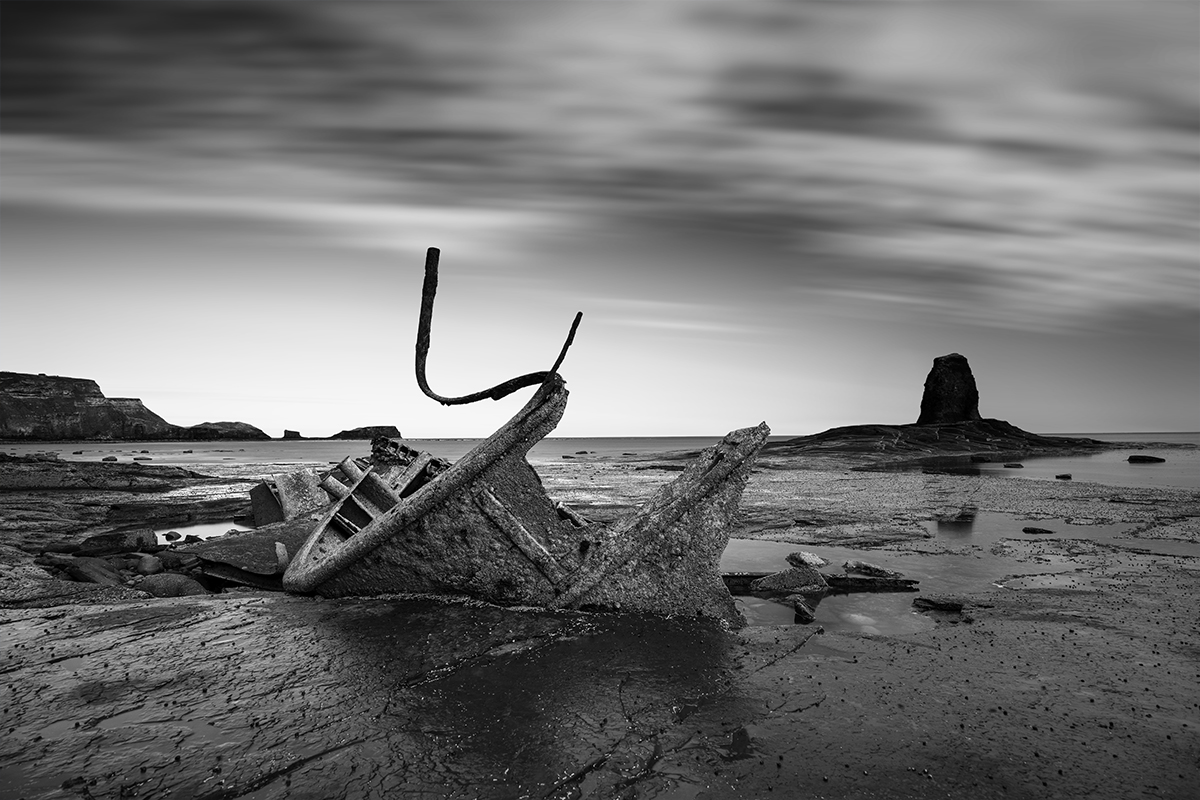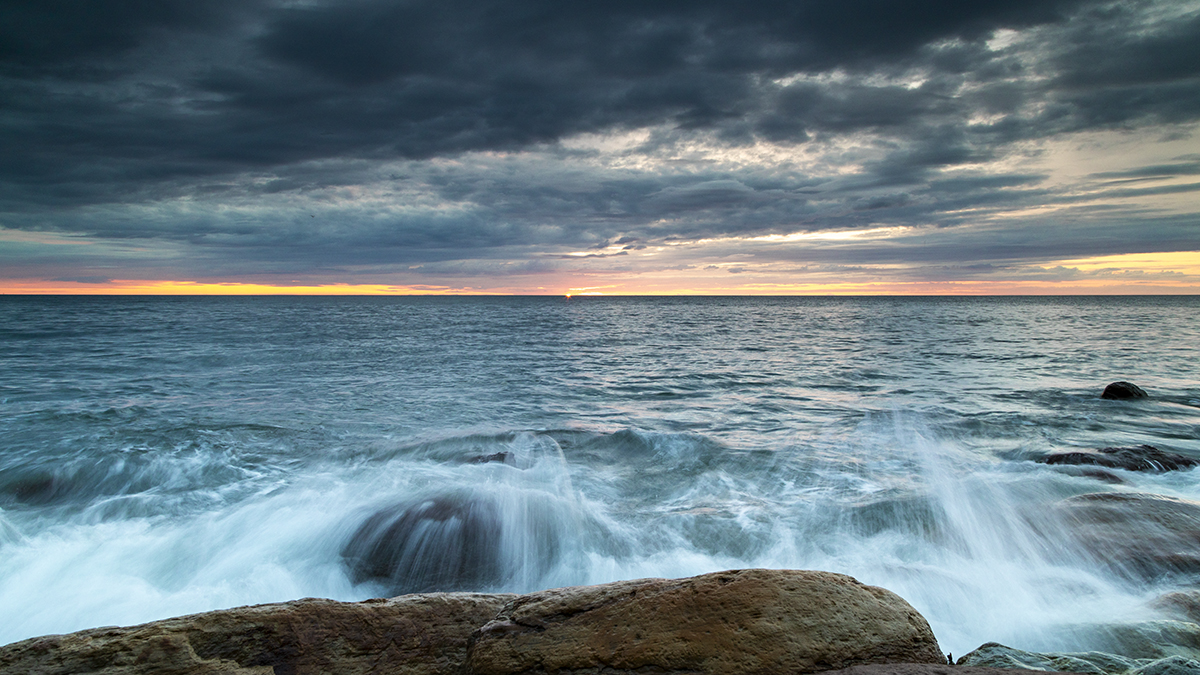Saltwick Bay: The Ultimate Photographer’s Guide to Yorkshire’s Coastal Treasure
A Secluded Haven for Dramatic Seascape Photography
Just a short walk from the bustling tourist town of Whitby lies one of Yorkshire’s best-kept photographic secrets. Saltwick Bay offers an extraordinary canvas for coastal photographers, combining dramatic geological features, haunting maritime history, and ever-changing light conditions to create a location that rewards repeated visits throughout the seasons.
What makes this sheltered bay truly special is its remarkable diversity of photographic subjects within a relatively compact area. From the iconic Black Nab sea stack to the atmospheric remains of the Admiral Von Tromp shipwreck, Saltwick Bay presents a perfect blend of natural and human elements that create compelling visual narratives in almost any weather condition.

Essential Planning: Understanding Saltwick Bay’s Tidal Patterns
Before grabbing your camera gear and heading to Saltwick Bay, understanding the local tidal patterns is absolutely critical—both for photography opportunities and for your personal safety.
Safety First: Navigating Tidal Access
Unlike many coastal photography locations, Saltwick Bay is completely inaccessible at high tide. The incoming sea can rapidly cut off escape routes, potentially trapping unwary photographers. This isn’t merely an inconvenience—it’s a genuine safety hazard that requires careful planning:
- Check tide tables meticulously before planning your visit (resources like the UK Hydrographic Office or dedicated smartphone apps provide reliable information)
- Plan to arrive at least 2-3 hours before low tide to ensure sufficient shooting time
- Set alarms on your phone to alert you when it’s time to begin heading back
- Never turn your back on the sea when shooting near the waterline
- Be aware that spring tides (occurring around full and new moons) bring particularly rapid water movement
The shipwreck remains are only fully visible during the lowest tides, so timing your visit to coincide with these periods will maximize your photographic opportunities.

Capturing Saltwick Bay’s Iconic Features
The Admiral Von Tromp: Photographing Maritime History
The partial skeleton of the Admiral Von Tromp fishing trawler stands as a haunting reminder of the North Sea’s power. This vessel ran aground in 1976, and its remains create one of Yorkshire’s most atmospheric photographic subjects, particularly in moody lighting conditions.
Optimal Conditions for Shipwreck Photography
The Admiral Von Tromp photographs beautifully in various conditions, but certain lighting scenarios particularly enhance its dramatic presence:
- Dawn light creates warm highlights on the rusted metal against cool shadows
- Overcast days lend a somber, melancholic mood perfectly suited to the subject
- Stormy weather with dramatic skies amplifies the narrative of maritime danger
- Blue hour (just after sunset) creates ethereal blue tones contrasting with the dark wreckage
Technical Approach to Shipwreck Photography
Creating compelling images of the Admiral Von Tromp requires specific techniques to capture its full atmospheric potential:
- Long exposure filtration: Using my LEE100 Deluxe Kit Plus with graduated ND filters allows for exposure times between 15-30 seconds, transforming the water around the wreck into a ghostly mist while maintaining detail in the structure.
- Filter selection for specific conditions:
- Little Stopper (6-stop ND) for subtle water movement during golden hour
- Big Stopper (10-stop ND) for completely smooth water in brighter conditions
- Super Stopper (15-stop ND) for extreme long exposures even in full daylight
- Graduated ND filters to balance bright skies with the darker foreground
- Composition strategies:
- Use the wreck as a strong foreground element with Black Nab in the background
- Capture reflection details in surrounding tidal pools
- Experiment with both wide-angle contextual shots and intimate detail work
- Include rock formations as leading lines directing toward the wreck
- Essential equipment:
- Tripod is absolutely mandatory for the long exposures required
- Remote shutter release eliminates camera movement during exposure
- Extra batteries (cold coastal conditions drain power quickly)
Black Nab: Capturing Saltwick’s Geological Icon
Rising dramatically from the shoreline, the distinctive sea stack known as Black Nab provides a powerful focal point for compositions throughout the day. This dark, weathered formation creates a striking silhouette against colorful skies and serves as an excellent anchor point for wider landscape compositions.
Optimal Shooting Conditions for Black Nab
While photographically interesting in any light, certain conditions dramatically enhance Black Nab’s visual impact:
- Sunrise positioning places the sun directly behind the formation, creating dramatic rim lighting and silhouette opportunities
- Low tide reveals fascinating foreground elements like rock pools and textured beach patterns
- Stormy conditions with breaking waves create dynamic energy around the base
- Clear night skies position the formation against star fields or the Milky Way for astrophotography
Composition Strategies for Black Nab
The versatility of Black Nab allows for numerous creative approaches:
- Perspective choices:
- Low-angle shots emphasize the formation’s height and dominance
- Including foreground elements like rock pools creates depth and scale
- Wider compositions placing Black Nab within the broader landscape context
- Technical considerations:
- My Canon EF 24mm f/1.4L II USM lens provides the ideal field of view for balancing the formation with its surroundings
- Using polarizing filters reduces glare on wet surfaces and deepens sky colors
- Bracketing exposures helps manage the dynamic range between dark rock and bright sky
- Creative techniques:
- Long exposures smooth water movement around the base
- Intentional camera movement creates abstract interpretations
- Panoramic sequences capture the formation within its broader coastal context
Tidal Pools: Nature’s Mirrors
One of Saltwick Bay’s most photogenic features is its abundance of tidal pools, which form natural mirrors reflecting the sky, surrounding cliffs, and distinctive formations like Black Nab. These ephemeral features create endless compositional possibilities that change with each tide.

Capturing Compelling Reflections
Creating striking tidal pool images requires specific techniques:
- Timing considerations:
- Visit just after high tide has receded when pools are freshest and clearest
- Early morning often provides calmer conditions with minimal wind disruption
- Golden hour light creates warm reflections with rich color saturation
- Technical approach:
- Polarizing filters allow precise control over reflection intensity
- Split neutral density filters balance bright skies with darker foregrounds
- Focus stacking techniques ensure sharpness throughout the frame
- Composition strategies:
- Position pools as foreground elements leading to Black Nab or the shipwreck
- Get low to maximize reflection size within the frame
- Use rocks and pool edges as natural framing elements
- Alternative perspectives:
- Macro photography reveals fascinating miniature worlds within pools
- Abstract approaches focusing on light, texture, and color within reflections
- Including human elements for scale and narrative context
Essential Equipment for Saltwick Bay Photography
Successful photography at Saltwick Bay requires carefully chosen equipment that balances image quality with practical field considerations in this challenging coastal environment.
My Recommended Kit
I’ve refined my equipment choices through countless visits to this location:
- Camera Body: Canon EOS 5D Mark IV (weather-sealed for coastal conditions)
- Primary Lens: Canon EF 24mm f/1.4L II USM (exceptional sharpness and low-light capability)
- Support: Benro Tortoise 35C GX35 Carbon Fibre Tripod (stable in coastal winds)
- Filtration: Lee Filters LEE100 Deluxe Kit Plus with:
- Little Stopper (6-stop ND)
- Big Stopper (10-stop ND)
- Super Stopper (15-stop ND)
- Graduated ND filters (soft and hard edge)
- Polarizer for controlling reflections
Beyond Camera Gear: Essential Accessories
The challenging environment of Saltwick Bay necessitates additional equipment:
- Headlamp with red light mode for navigating in pre-dawn darkness
- Waterproof boots with excellent grip for slippery rocks and tidal pools
- Layered, waterproof clothing for rapidly changing coastal conditions
- Smartphone with tide app for constant monitoring of changing conditions
- Microfiber cloths for managing inevitable sea spray on lenses and filters
Seasonal Variations at Saltwick Bay
Each season transforms Saltwick Bay, offering photographers distinctly different opportunities throughout the year:
Spring (March-May)
- Increasing daylight hours with manageable sunrise times
- Dramatic weather systems creating powerful wave action
- Wildflowers beginning to appear on cliff edges
- Migrating seabirds adding wildlife elements to compositions
Summer (June-August)
- Extremely early sunrises (before 5am) requiring dedicated commitment
- Clearer water conditions revealing additional underwater details
- Longer days allowing extended exploration of different compositions
- Higher likelihood of fog and sea mist for atmospheric conditions
Autumn (September-November)
- More dramatic weather systems creating moody skies
- Rougher seas with powerful wave action
- Return to more reasonable sunrise times
- Golden autumn light with richer color tones
Winter (December-February)
- Dramatic stormy conditions with powerful seas
- Possibility of snow or frost on the wreckage and rocks
- Latest sunrise times of the year (ideal for those who prefer not to wake at 3am)
- Lowest tourist presence, allowing uninterrupted creative exploration
Final Thoughts: Respecting Saltwick Bay’s Heritage
Saltwick Bay offers extraordinary photographic opportunities that change with each visit. The combination of geological features, maritime history, and ever-changing light and tide conditions ensures this location remains perpetually fresh for creative exploration.
As photographers, we have a responsibility to treat this special place with respect—staying safe around its dangerous tides, leaving no trace of our presence, and preserving its natural beauty for future visitors. By understanding the bay’s rhythms and approaching it with patience and preparation, we can create compelling images that capture both its raw power and subtle beauty.
With careful planning around tides and weather, appropriate equipment, and a willingness to experiment with different techniques, Saltwick Bay will reward photographers with truly unique images that capture the essence of Yorkshire’s dramatic coastline.




